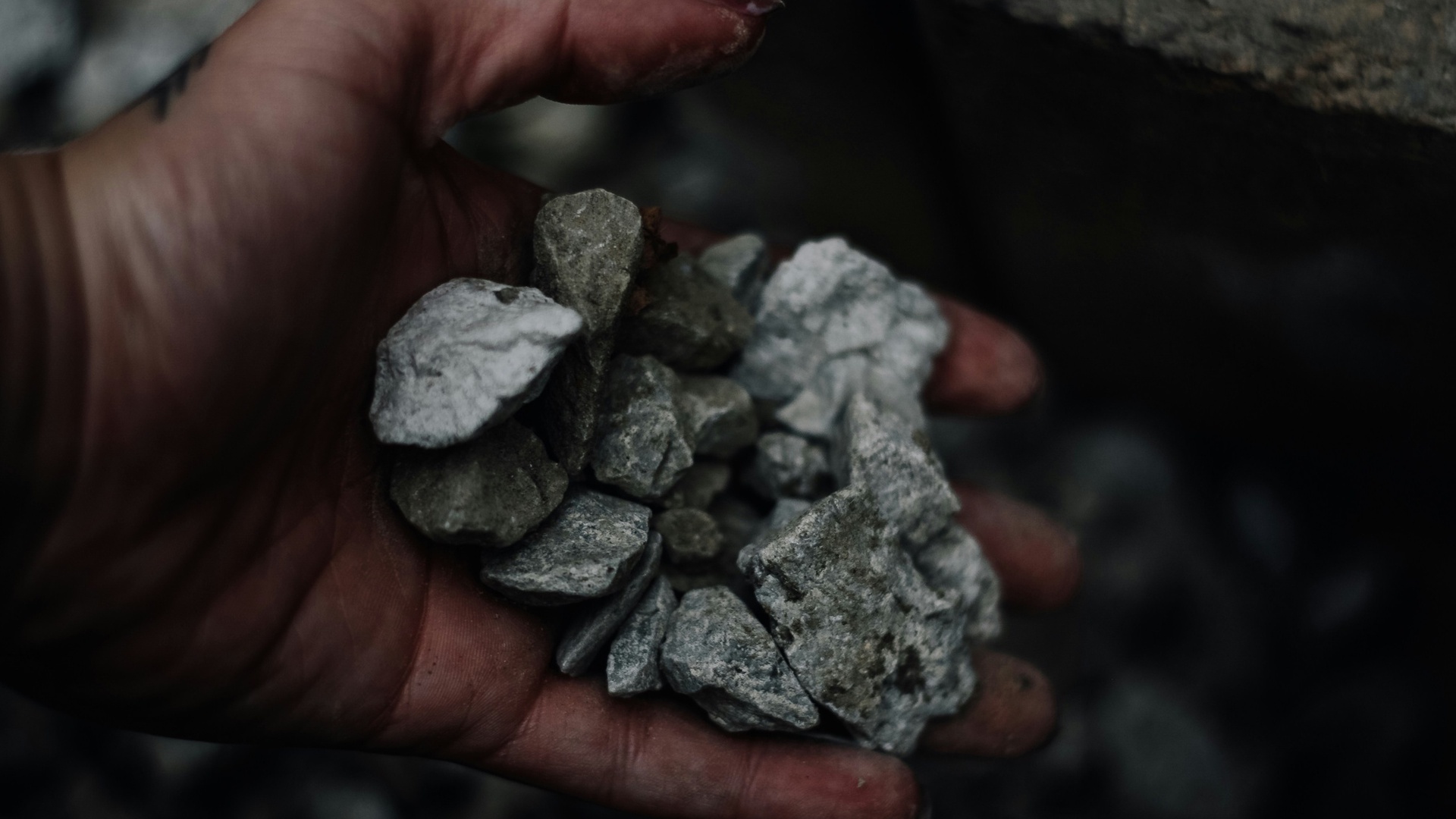

The United States is highly dependent on foreign sources, primarily China, for critical rare earth elements, which are vital for defense systems, clean energy, and electronics. To address this vulnerability, the U.S. government is considering a price floor for REEs. This market intervention aims to stimulate domestic mining, refining, and processing by de-risking investments and ensuring a stable supply chain. The Department of Defense's (DoD) $110 per kilogram neodymium-praseodymium (NdPr) guarantee to MP Materials exemplifies this direct subsidy, designed to offset higher U.S. environmental, labor, and regulatory costs. While supporters emphasize national security, critics warn of market distortion and trade tensions. The global REE market, valued at USD 3.95 billion in 2024, remains volatile and influenced by China's dominance.
Beyond primary extraction, REE recycling is crucial for supplementing supply and enhancing resilience. Recycling significantly reduces carbon dioxide emissions and water usage compared to mining. Quest Metals is a key player in this circular economy, providing rare earth recovery and recycling services from various waste streams, thereby bridging domestic supply gaps and supporting U.S. production goals. A combination of strategic policy, robust domestic production, and advanced recycling will be essential for U.S. strategic autonomy in critical minerals.
China controls between 80–90% of the global REE supply chain, and it recently imposed export restrictions on select critical minerals as a response to U.S. tariffs. This has created significant supply chain vulnerability, as U.S. firms struggle to compete on cost due to higher environmental, labor, and regulatory standards. A price floor could provide a stable financial foundation, guaranteeing minimum revenues for domestic producers and stimulating the necessary capital investment to build a resilient, end-to-end supply chain. The Department of Defense has already implemented this model, establishing a price floor of $110 per kilogram for neodymium-praseodymium (NdPr) with U.S. producer MP Materials.
While supporters argue that a price floor is essential for strategic autonomy and national security, particularly for the defense and clean technology sectors, critics warn of potential market distortion and trade tensions.
In addition to stimulating mining, U.S. policy also recognizes the importance of alternative supply strategies. The recycling of REEs is an underutilized domestic resource that can supplement mined supply and help meet environmental goals. The U.S. Department of Energy (DOE) and the Environmental Protection Agency (EPA) have both promoted initiatives to develop and standardize recycling processes. Recovering REEs from end-of-life magnets, electronics, and batteries reduces reliance on volatile imports while significantly lowering the environmental impact compared to traditional mining.
The proposed U.S. rare earth price floor has drawn mixed reactions. Supporters argue it's essential for strategic autonomy and national security, particularly for defense and clean technology. A stable, guaranteed price removes investment uncertainty, addressing the "chicken-and-egg" problem for Western rare earth projects. It also helps level the playing field against China's lower-cost production. The policy aims to rebuild industrial capability lost in the early 2000s, with new U.S. facilities potentially exceeding defense demand and supplying commercial industries.
Critics, however, warn of market distortion, inefficiencies, and potential overproduction. Concerns also exist about escalating trade tensions with China. Environmental groups have opposed it, fearing it could hinder climate action by promoting resource-intensive mining. Higher raw material prices could increase production costs for industries reliant on REEs, potentially accelerating research into alternative technologies.
Analysts predict the U.S. benchmark price of $110 per kilogram for NdPr will become a "new center of gravity" for global rare earth pricing, potentially raising prices across the market and enabling non-Chinese producers to operate profitably. The U.S. is projected to have the strongest annual growth rate in REE demand at 17%, making stable supply chains even more critical. Global demand for rare earth oxides (REOs) is forecasted to triple from $15 billion in 2022 to $46 billion in 2035.
The debate highlights a tension between national security and market efficiency. The government's direct involvement, akin to "Operation Warp Speed," prioritizes strategic objectives over pure economic efficiency, viewing higher costs as a strategic investment. This suggests critical minerals are seen as strategic assets requiring public support. The policy also presents a trade-off between immediate supply security and long-term environmental goals, necessitating complementary strategies like recycling.
Amid these policy shifts, companies like Quest Metals are emerging as key players. As a leader in rare earth recovery and recycling, Quest Metals offers specialized services, including scrap assessment, processing, and refining. By recovering critical materials from industrial waste and end-of-life products, Quest helps manufacturers, recyclers, and government contractors reduce their reliance on foreign supply. This not only supports U.S. production goals but also maximizes the yield of vital materials that would otherwise be lost.
As the U.S. considers policy tools like a price floor to build a resilient domestic rare earth supply chain, sustainable and circular economy strategies like REE recycling will be essential to its long-term success.